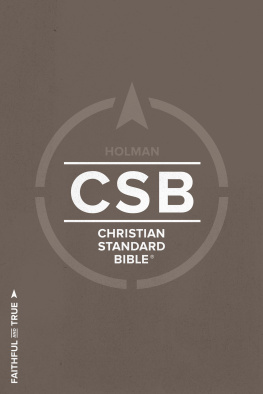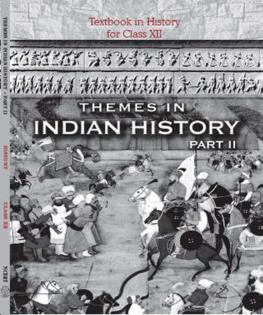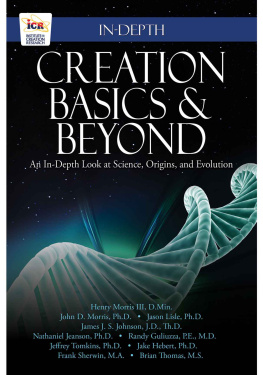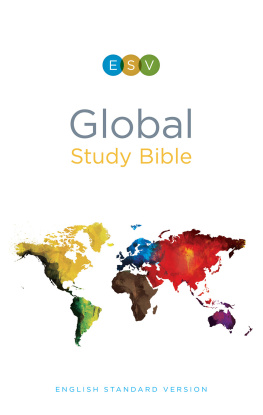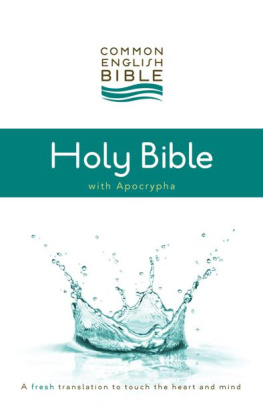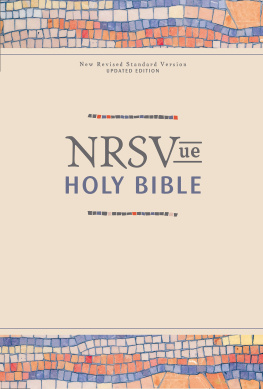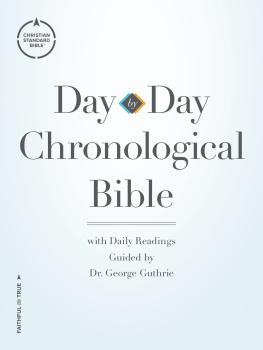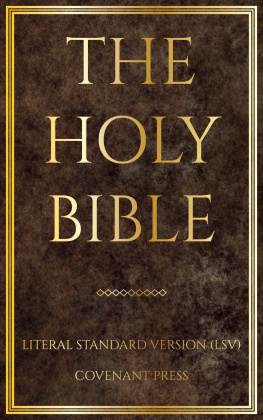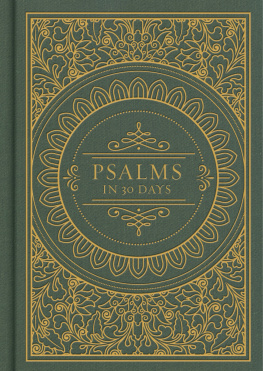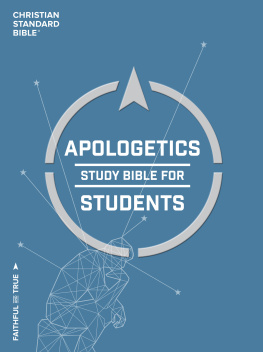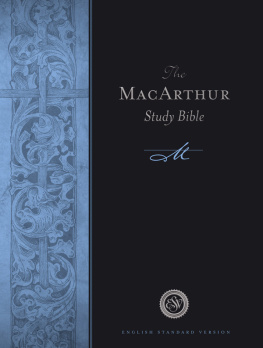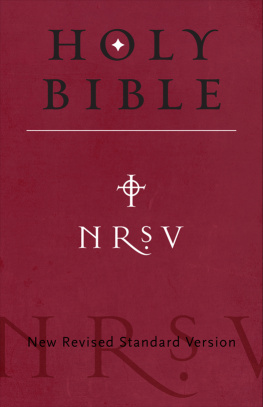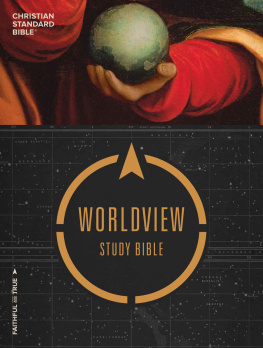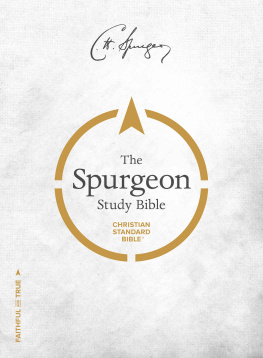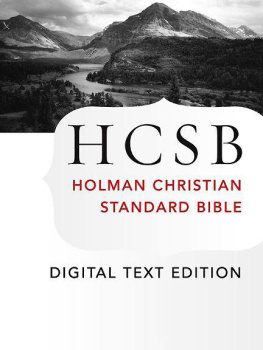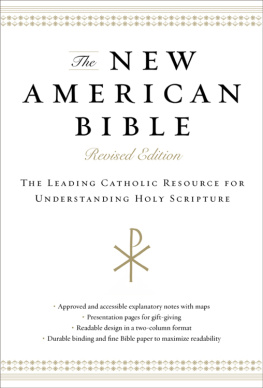Various - CSB Holy Bible
Here you can read online Various - CSB Holy Bible full text of the book (entire story) in english for free. Download pdf and epub, get meaning, cover and reviews about this ebook. year: 2017, publisher: Holman Bible Publishers, genre: Religion. Description of the work, (preface) as well as reviews are available. Best literature library LitArk.com created for fans of good reading and offers a wide selection of genres:
Romance novel
Science fiction
Adventure
Detective
Science
History
Home and family
Prose
Art
Politics
Computer
Non-fiction
Religion
Business
Children
Humor
Choose a favorite category and find really read worthwhile books. Enjoy immersion in the world of imagination, feel the emotions of the characters or learn something new for yourself, make an fascinating discovery.
CSB Holy Bible: summary, description and annotation
We offer to read an annotation, description, summary or preface (depends on what the author of the book "CSB Holy Bible" wrote himself). If you haven't found the necessary information about the book — write in the comments, we will try to find it.
Various: author's other books
Who wrote CSB Holy Bible? Find out the surname, the name of the author of the book and a list of all author's works by series.
CSB Holy Bible — read online for free the complete book (whole text) full work
Below is the text of the book, divided by pages. System saving the place of the last page read, allows you to conveniently read the book "CSB Holy Bible" online for free, without having to search again every time where you left off. Put a bookmark, and you can go to the page where you finished reading at any time.
Font size:
Interval:
Bookmark:
Christian Standard Bible Copyright 2017
by Holman Bible Publishers.
The text of the Christian Standard Bible may be quoted in any form (written, visual, electronic, or audio) up to and inclusive of one thousand (1,000) verses without the written permission of the publisher, provided that the verses quoted do not account for more than 50 percent of the work in which they are quoted, and provided that a complete book of the Bible is not quoted. Requests for permission are to be directed to and approved in writing by Holman Bible Publishers, One LifeWay Plaza, Nashville, Tennessee 37234.
When the Christian Standard Bible is quoted, one of the following credit lines must appear on the copyright page or title page of the work:
Scripture quotations marked CSB have been taken from the Christian Standard Bible, Copyright 2017 by Holman Bible Publishers. Used by permission. Christian Standard Bible and CSB are federally registered trademarks of Holman Bible Publishers.
Unless otherwise noted, all Scripture quotations are taken from the Christian Standard Bible, Copyright 2017 by Holman Bible Publishers. Used by permission. Christian Standard Bible and CSB are federally registered trademarks of Holman Bible Publishers.
The Bible is Gods revelation to humanity. It is our only source for completely reliable information about God, what happens when we die, and where history is headed. The Bible does these things because it is Gods inspired Word, inerrant in the original manuscripts. Bible translation brings Gods Word from the ancient languages (Hebrew, Greek, and Aramaic) into todays world. In dependence on Gods Spirit to accomplish this sacred task, the CSB Translation Oversight Committee and Holman Bible Publishers present the Christian Standard Bible.
The textual base for the New Testament (NT) is the Nestle-Aland Novum Testamentum Graece , 28th edition, and the United Bible Societies Greek New Testament, 5th corrected edition. The text for the Old Testament (OT) is the Biblia Hebraica Stuttgartensia , 5th edition.
Where there are significant differences among Hebrew, Aramaic, or Greek manuscripts, the translators follow what they believe is the original reading and indicate the main alternative(s) in footnotes. The CSB uses the traditional verse divisions found in most Protestant Bibles.
- Provide English-speaking people worldwide with an accurate translation in contemporary English.
- Provide an accurate translation for personal study, sermon preparation, private devotions, and memorization.
- Provide a text that is clear and understandable, suitable for public reading, and shareable so that all may access its life-giving message.
- Affirm the authority of Scripture and champion its absolute truth against skeptical viewpoints.
1. Formal Equivalence:
Often called word-for-word (or literal) translation, the principle of formal equivalence seeks as nearly as possible to preserve the structure of the original language. It seeks to represent each word of the original text with an exact equivalent word in the translation so that the reader can see word for word what the original human author wrote. The merits of this approach include its consistency with the conviction that the Holy Spirit did inspire the very words of Scripture in the original manuscripts. It also provides the English Bible student some access to the structure of the text in the original language. Formal equivalence can achieve accuracy to the degree that English has an exact equivalent for each word and that the grammatical patterns of the original language can be reproduced in understandable English. However, it can sometimes result in awkward, if not incomprehensible, English or in a misunderstanding of the authors intent. The literal rendering of ancient idioms is especially difficult.
2. Dynamic or Functional Equivalence:
Often called thought-for-thought translation, the principle of dynamic equivalence rejects as misguided the attempt to preserve the structure of the original language. It proceeds by extracting the meaning of a text from its form and then translating that meaning so that it makes the same impact on modern readers that the ancient text made on its original readers. Strengths of this approach include a high degree of clarity and readability, especially in places where the original is difficult to render word for word. It also acknowledges that accurate and effective translation may require interpretation. However, the meaning of a text cannot always be neatly separated from its form, nor can it always be precisely determined. A biblical author may have intended multiple meanings, but these may be lost with the elimination of normal structures. In striving for readability, dynamic equivalence also sometimes overlooks and loses some of the less prominent elements of meaning. Furthermore, lack of formal correspondence to the original makes it difficult to verify accuracy and thus can affect the usefulness of the translation for in-depth Bible study.
3. Optimal Equivalence:
In practice, translations are seldom if ever purely formal or dynamic but favor one theory of Bible translation or the other to varying degrees. Optimal equivalence as a translation philosophy recognizes that form cannot always be neatly separated from meaning and should not be changed unless comprehension demands it. The primary goal of translation is to convey the sense of the original with as much clarity as the original text and the translation language permit. Optimal equivalence appreciates the goals of formal equivalence but also recognizes its limitations.
Optimal equivalence starts with an exhaustive analysis of the text at every level (word, phrase, clause, sentence, discourse) in the original language to determine its original meaning and intention (or purpose). Then, relying on the latest and best language tools and experts, the nearest corresponding semantic and linguistic equivalents are used to convey as much of the information and intention of the original text with as much clarity and readability as possible. This process assures the maximum transfer of both the words and the thoughts contained in the original.
The CSB uses optimal equivalence as its translation philosophy. In the many places throughout the Bible where a word-for-word rendering is understandable, a literal translation is used. When a word-for-word rendering might obscure the meaning for a modern audience, a more dynamic translation is used. The Christian Standard Bible places equal value on fidelity to the original and readability for a modern audience, resulting in a translation that achieves both goals.
The goal of the translators of the Christian Standard Bible has not been to promote a cultural ideology but to translate the Bible faithfully. Recognizing modern usage of English, the CSB regularly translates the plural of the Greek word (man) as people instead of men, and occasionally the singular as one, someone, or everyone, when the supporting pronouns in the original languages validate such a translation. While the CSB avoids using he or him unnecessarily, the translation does not restructure sentences to avoid them when they are in the text.
After several years of preliminary development, Holman Bible Publishers, the oldest Bible publisher in North America, assembled an international, interdenominational team of one hundred scholars, editors, stylists, and proofreaders, all of whom were committed to biblical inerrancy. Outside consultants and reviewers contributed valuable suggestions from their areas of expertise. Working from the original languages, an executive team of translators edited, polished, and reviewed the final manuscript, which was first published as the Holman Christian Standard Bible (HCSB) in 2004.
Next pageFont size:
Interval:
Bookmark:
Similar books «CSB Holy Bible»
Look at similar books to CSB Holy Bible. We have selected literature similar in name and meaning in the hope of providing readers with more options to find new, interesting, not yet read works.
Discussion, reviews of the book CSB Holy Bible and just readers' own opinions. Leave your comments, write what you think about the work, its meaning or the main characters. Specify what exactly you liked and what you didn't like, and why you think so.

